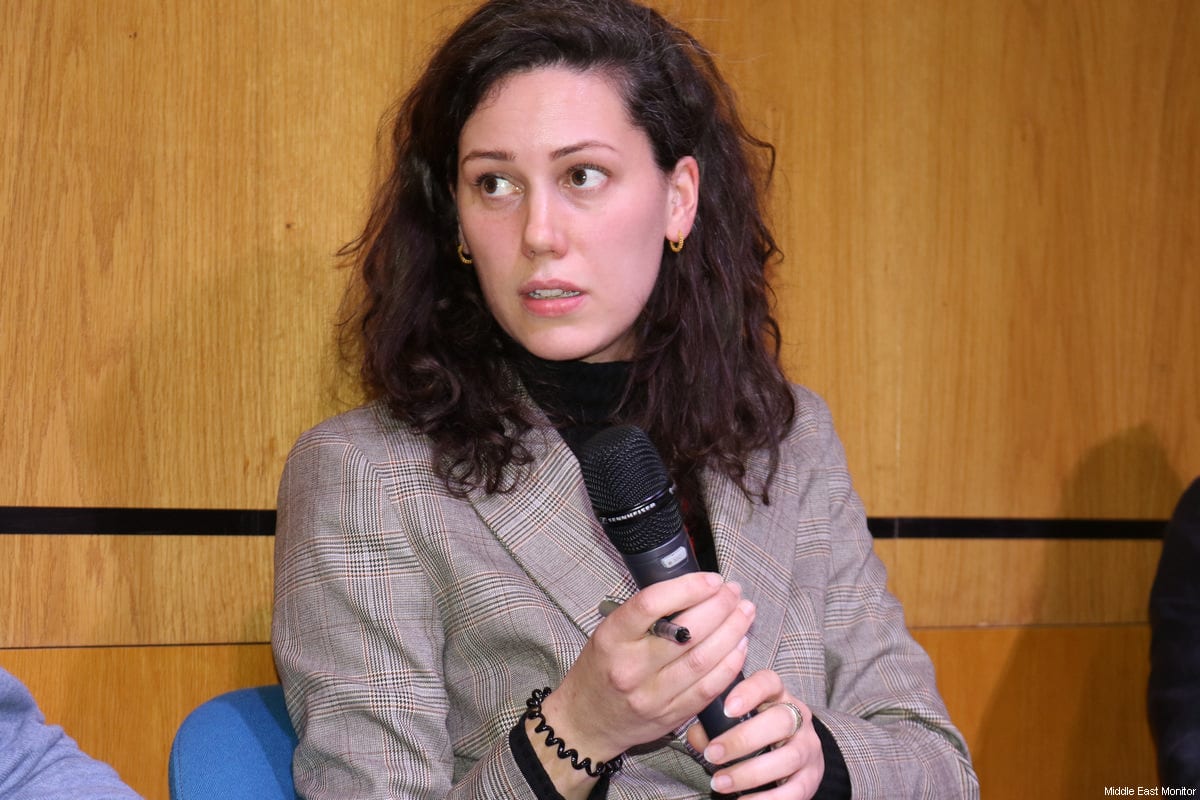One villager cuts open an apple and presents to the camera the fruit before him. Inside, in a neat circle, are five pips – one for each point of the star on the Syrian flag. He explains that the apples growing in the Israeli settlements have six pips, one for each point of the star on their flag.
Apples are one of the only exports that are allowed to travel from the occupied Golan Heights to Syria, and with the help of the Red Cross they provide one of the community’s main sources of income. Also permitted to cross are brides, students and pilgrims, but not families who have been separated from loved ones in the conflict.
In the occupied territories, apples are more than just sustenance; they have many meanings for the Arab Druze, who have lived in this region for hundreds of years. “The apple for the people of the Golan is like the soul,” says one villager. “As people, we are nothing special without apples,” says another.
They are residents of Majdal Shams, one of 5 Arab villages in the Golan Heights. There were once 139 before Israel seized control, along with the West Bank and Gaza, after the Six-Day war in 1967. Now, only 22,000 Druze remain after 130,000 were forcibly pushed into Syria.
It is the story of the twists and turns of their daily lives – relationships, feelings, dreams – that are explored in ‘Apples of the Golan,’ a documentary screened in London as part of the Palestinian Film Festival in London this month.
Layla Safadi is from Sweda, inside Syria, and met her husband whilst studying at Damascus University. She made the decision to move to the Golan Heights to be with him; as a result, she hasn’t seen her family for ten years. Later we see her screaming at the Israeli army because they won’t let her across the border for her father’s funeral.
Ibrahim Safadi is the last shepherd left on ‘Holy Man’s Mountain.’ “The most beautiful thing in life is freedom” he says, though admits he’s never felt freedom. To the north of the mountain is the military, to the east the border; the farthest you can travel is towards the west.
Much like in the occupied west bank, Israel controls resources in Majdal Shams. They put forward the familiar excuses for land acquisition – areas required for military purposes or farmland left uncultivated for seven years. They also help themselves to more 5 cubic metres of water out of the 7 available. As a result, fish are dying.
Irish documentary makers Keith Walsh and Jill Beardsworth lived in the community for fours years, and throughout the story they stay out of the scene, allowing the viewer to concentrate and form their own opinion of life in the occupied village and the characters who appear.
Amongst the voices are skateboarders, singers, musicians, dancers, and guitarists, which reveals a diverse, eclectic community fighting for their identity and humanises, rather than victimises them.
See more about the film on http://www.barbican.org.uk
[widgetkit id=17]
The views expressed in this article belong to the author and do not necessarily reflect the editorial policy of Middle East Monitor.











